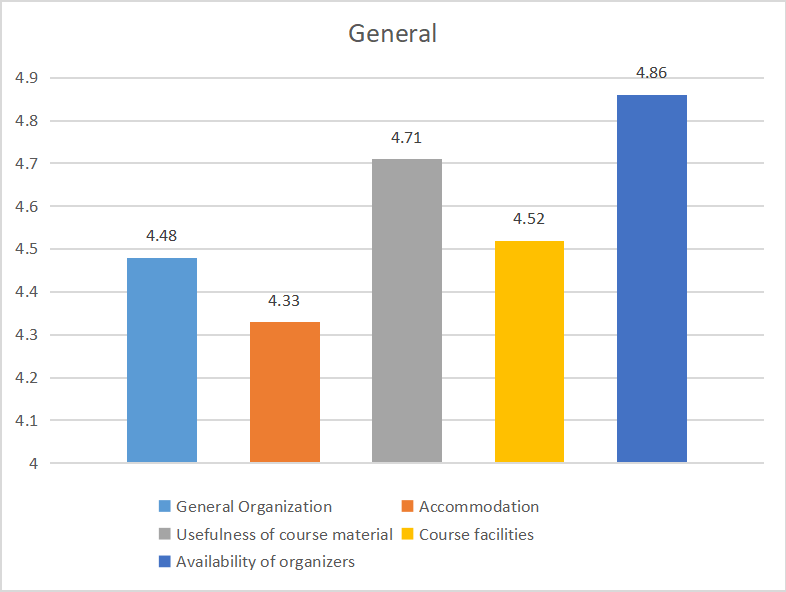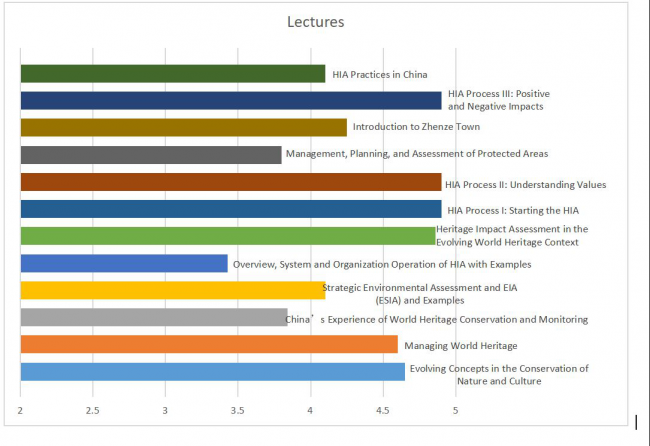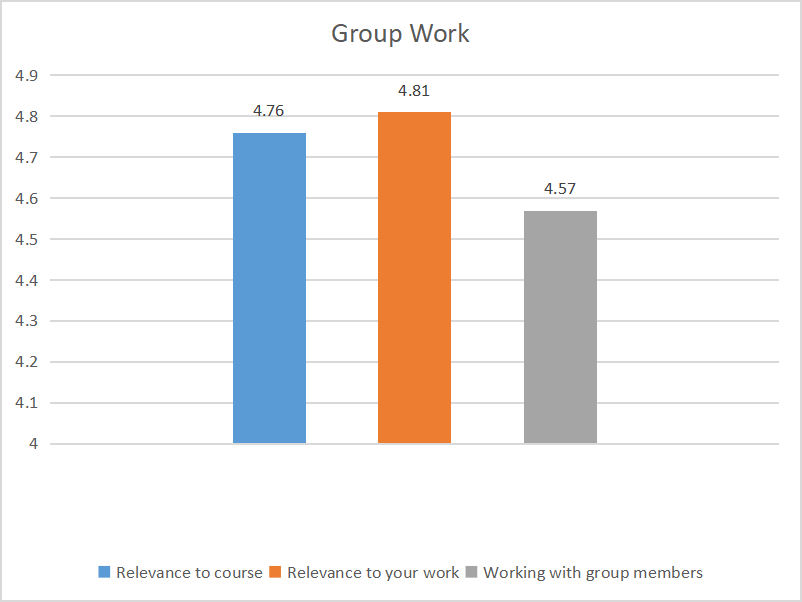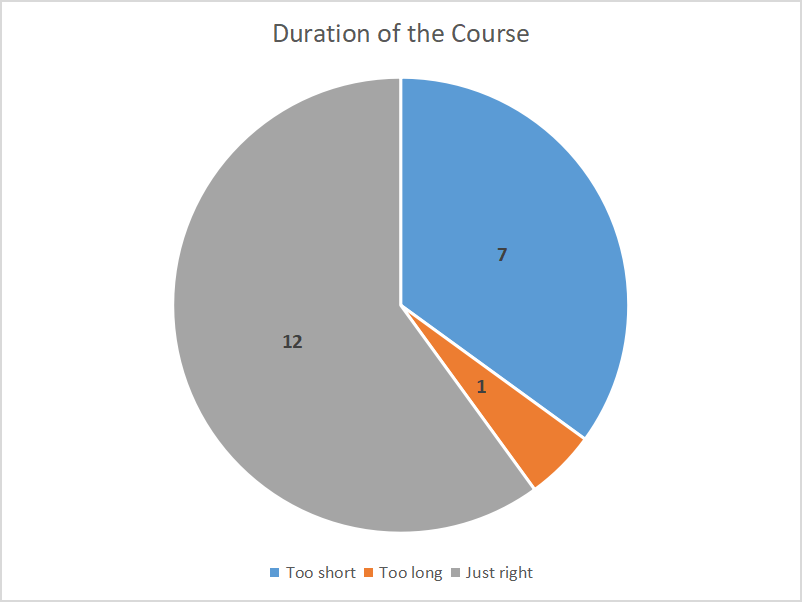Evaluation of the Training
Release date :2019-03-14
Views: 1935
In order to get feedback from the participants to improve the quality of subsequent courses organized by WHITRAP, evaluation part is always arranged after each training. This time the evaluation mainly included the following aspects: general organization, lectures, group work, length and pace of the course, as well as further needs of training. Lectures were assessed through grading, and the highest score was 5. General organization, group works, and length and pace of the course were assessed through the combination of grading and comments. In addition, further needs of other types of training were understood by collecting their comments. In the following, the above-mentioned key aspects of evaluation will be summarized and presented.
General: Participants were satisfied with the overall organization of the course in general; the average score is approximately 4.5. Among all the indicators, the “availability of organizers” scored the highest, and the “usefulness of course material” scored the second. Most respondents recognized that the course was applicable to their work, and they would like to share the course material with their supervisors and colleagues.
Lectures: Among all the 12 lectures focusing on different aspects of impact assessments, a series of three lectures regarding HIA process delivered by Sarah Court was the most popular one, followed by her another lecture which introduced HIA in the evolving World Heritage context. Sarah’s lectures which explained the detailed procedure of HIA and recommended a set of methodologies and tools were praised for their clarity and practicability. Besides, Gamini Wijesuriya’s two lectures elaborating the concept of HIA and World Heritage were also gained high points, because his lectures put HIA in a broader context. Nonetheless, according to the respondents’ feedback, the lectures on “Overview, System and Organization Operation of HIA with Examples” needed to be improved. One issue was the language barrier, the other was the cases in these lectures needed to be further elucidated.
Group Work: As an integral part of the course, group work received positive evaluations in general. Firstly, almost all the participants admitted that group work was quite relevant to their work, as well as to the overall course. Besides, most respondents considered working with group members as a good experience, because people from different regions as well as different backgrounds could work together and learn from each other.
Length/Pace of the course: More than half of the respondents thought the length of the course was “just right,” while 7 people thought it was too short and 1 people thought it was too long. As for the pace of the course, the majority of participants thought the pace was just right for them, but some respondents thought the course was a little intensive and hectic. They suggested that more time should be allocated to field study (especially the second site visit) and group work.
Further Needs: Based on the responses, most participants observed that the capacity building activities were limited in their countries, and some of them were very expensive. They mentioned several previous themes such as basic conservation and restoration on tangible heritage, understanding intangible cultural heritage, protection laws and regulations, and disaster risk reduction. They expressed their desire to have more training courses in their countries or overseas, especially on HIA/ EIA as well as management and monitoring of World Heritage properties.
Generally speaking, the overall organization of the course, the lectures by resource persons, and group work for exercises were satisfactory, while several aspects could be improved to some extent.

Table 1 General Organization

Table 2 Score of Lectures

Table 3 Score of Group Work

Table 4 Duration of the Course


